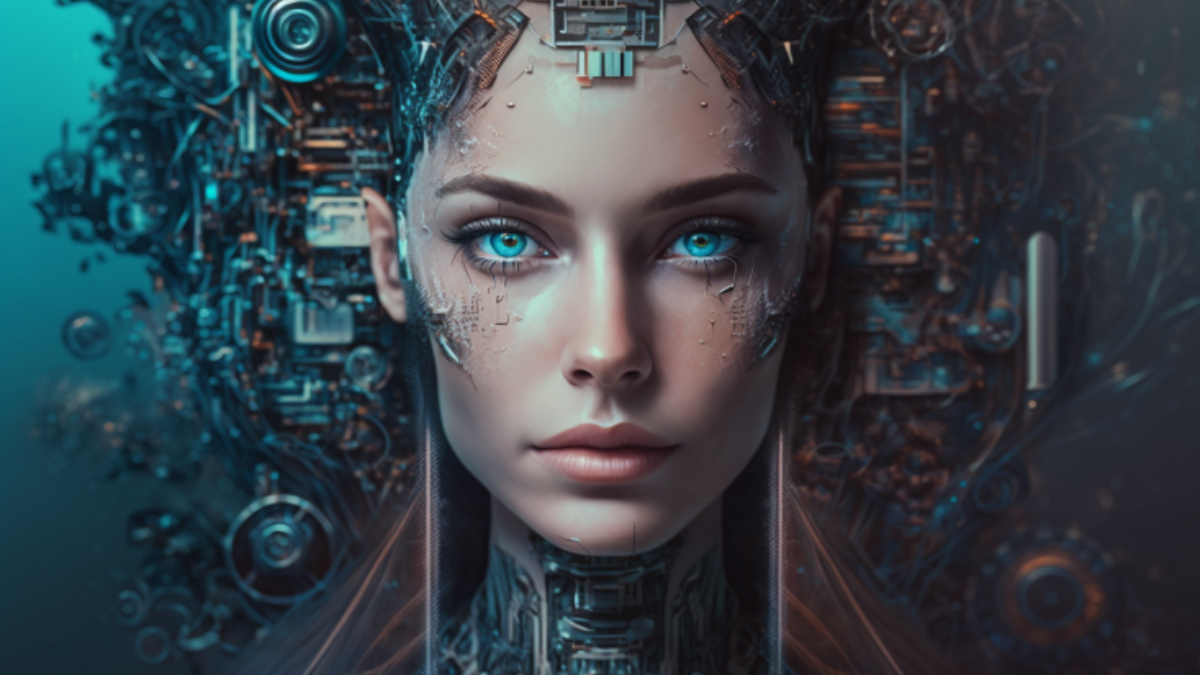The possibilities that lie ahead as we embrace the development of AI are nearly limitless…
As we venture into this promising future, it is crucial to ensure that women’s voices are not just heard but actively shape the trajectory of innovation. In this brave new world it is evident that women’s perspectives are essential for driving positive change and promoting inclusivity. Examples like Mira Murati, Open AI CTO, a prominent figure in the field, highlight the valuable contributions that women bring to this type of technology development. However, the under-representation of women in the industry remains a pressing issue. According to the World Economic Forum, only 26% of data and AI positions around the world are held by women. This worrying lack of diversity not only hinders economic equality but also perpetuates biases in AI systems. Addressing the gender job gap is the first step to ensuring that our technology works for all of society.
AI’s potential to worsen the gender gap is real
A lack of gender parity in the AI field is not only a fundamental issue of economic equality, but also about how the world is designed and for whom. Mounting evidence suggests that the under-representation of women and marginalized groups in AI results in a feedback loop whereby bias gets built into and amplified by machine learning systems. What’s more, this bias stands to impact women’s working lives at an even larger scale. The UNESCO Report, The effects of AI on the working lives of women, examines whether or not we are using the power of AI to narrow gender equality gaps and calls for programs that support reskilling and upskilling women to help them access STEM and AI fields. It also touches on how stereotypes surrounding women and work can be encoded into AI systems:
The role of women at work, and their often unpaid and unequally distributed domestic and care responsibilities must be more thoroughly considered when creating equal work environments for women, as well as in the design, policy and implementation surrounding AI technologies.
Shockingly, UNESCO found that women represent only 29% of science R&D positions globally. The United Nations’ agency suggests that we must ask ourselves if we are harnessing the power of AI to narrow gender equality gaps, letting these gaps perpetuate, or even worse, widen?
It’s becoming increasingly evident how important a careful and considered approach to emerging technologies really is.
Taking a thoughtful approach to equity
Application of Large Language Models (LLMs) and development of AI agents requires an intentional approach, with diversity and inclusivity front of mind. Women have already received a giant blow to their professional lives during the pandemic. Now, with the advent of widely accessible AI Agents, we’re poised to receive yet another, if we aren’t deliberate and thoughtful about the way these systems are developed, and about the individuals who are working on the front lines of developing them. This calls for:
- Data diversity: Diverse data is crucial for creating AI agents and LLMs that are inclusive and unbiased. Companies should ensure that their data sets are diverse and represent the needs and perspectives of all individuals, including women and minority groups. This can be achieved by collecting data from a wide range of sources and using data augmentation techniques to increase diversity
- Inclusivity by default: Diverse teams can help ensure that AI development is not limited to a specific group of people. Companies should prioritize diversity and inclusion in their hiring practices and create teams that represent a wide range of perspectives, including women and minority groups. This can help identify and address biases that might be inadvertently embedded in AI systems
- Ethical considerations: Companies should prioritize ethical considerations when developing these technologies. This includes ensuring individual autonomy, safety, and privacy are upheld, and that their use is aligned with the company’s values and mission. Companies should also establish ethical guidelines and regulations surrounding the use of AI to ensure a responsible and trustworthy technological landscape
- Women and minority groups in development and oversight: Women and minority groups bring unique insights and experiences to the table, which can help create AI agents and LLMs that better understand and address the challenges faced by these groups. By involving women and minority groups in the development and oversight of AI systems, companies can strive for greater fairness and inclusivity
- Effective collaboration: Sharing best practices can help ensure that the development and deployment of this type of technology is handled responsibly while mitigating potential risks. Companies should continue to collaborate as an industry and share best practices for how to responsibly develop and deploy AI systems
Women’s active participation in the development and implementation of AI is vital in order to ensure these technologies become agents of positive change in our society. By addressing bias, promoting inclusivity, empowering women in decision-making, creating diverse role models and upholding ethical considerations, we can shape AI that truly serves the needs of all individuals and ultimately build a future which is more inclusive, equitable and beneficial to all.
Featured image: The future of artificial intelligence / midjourney

